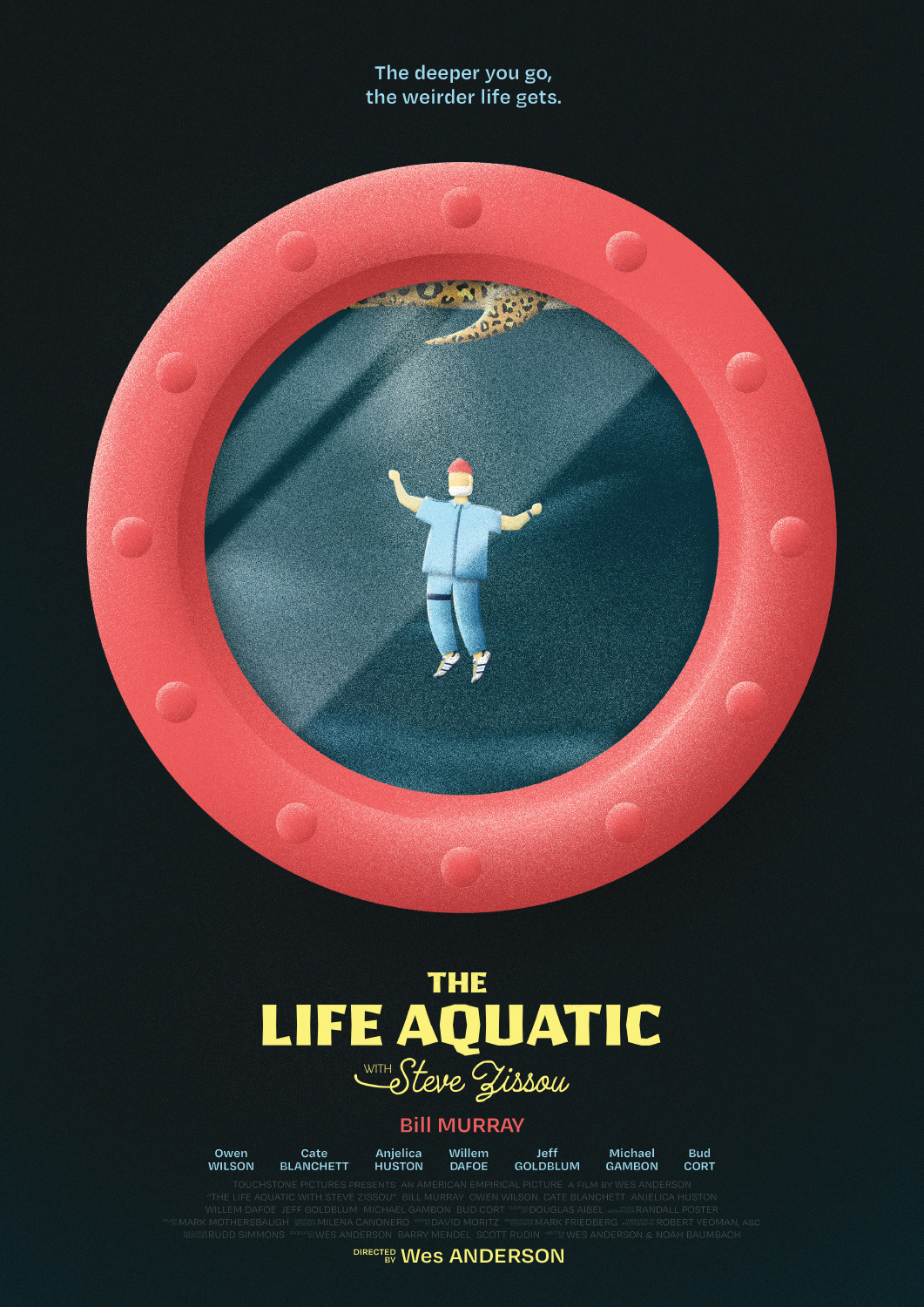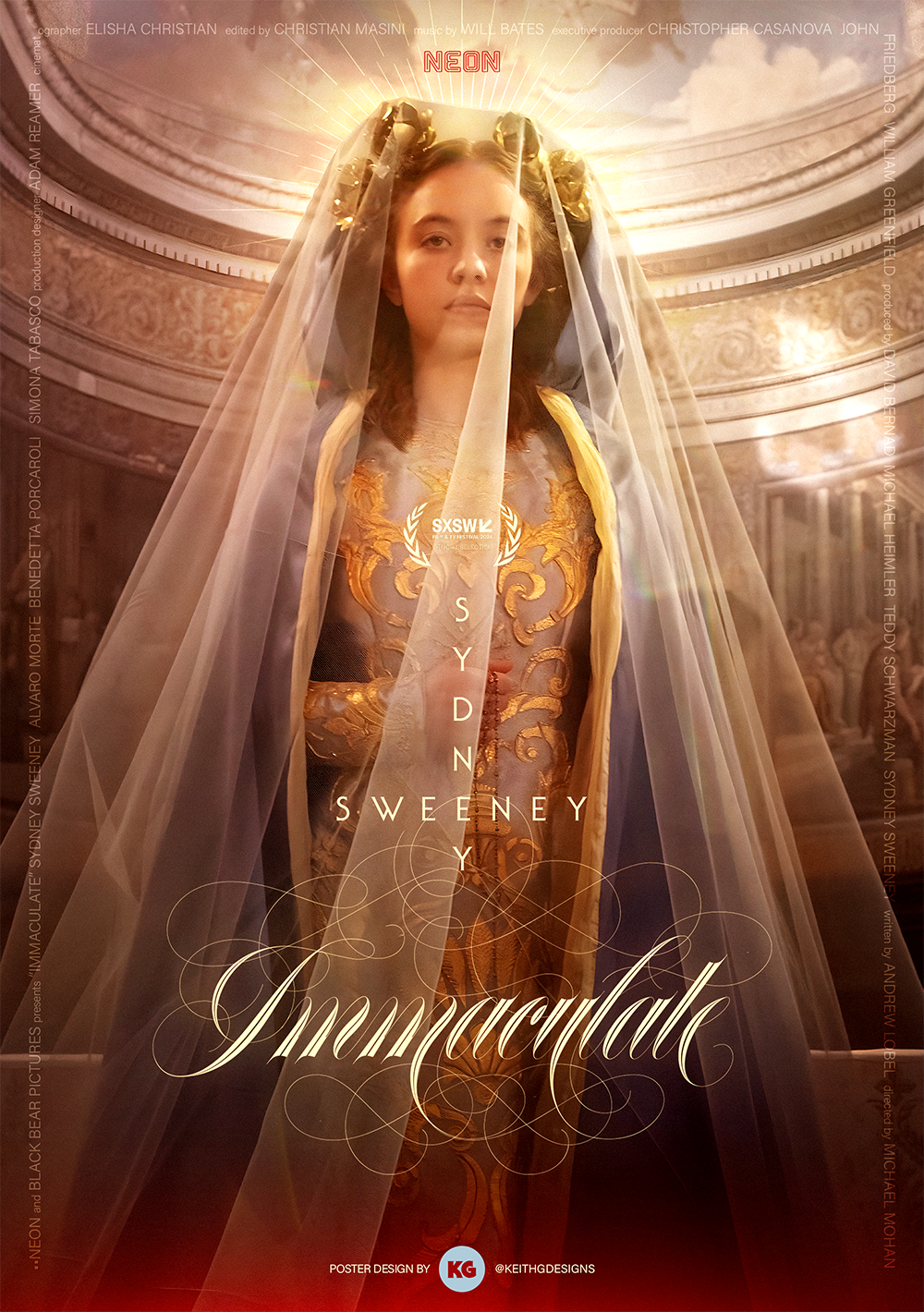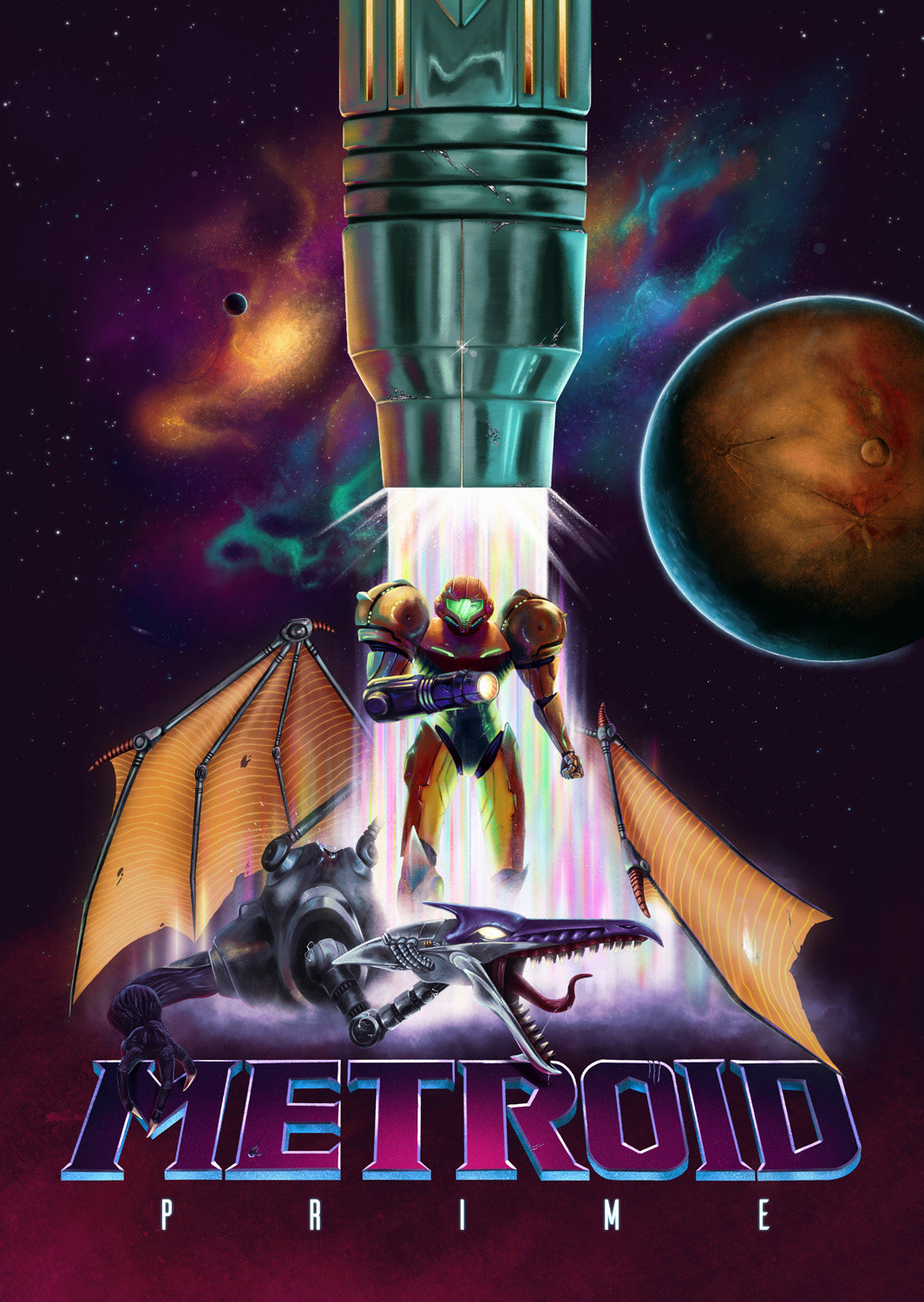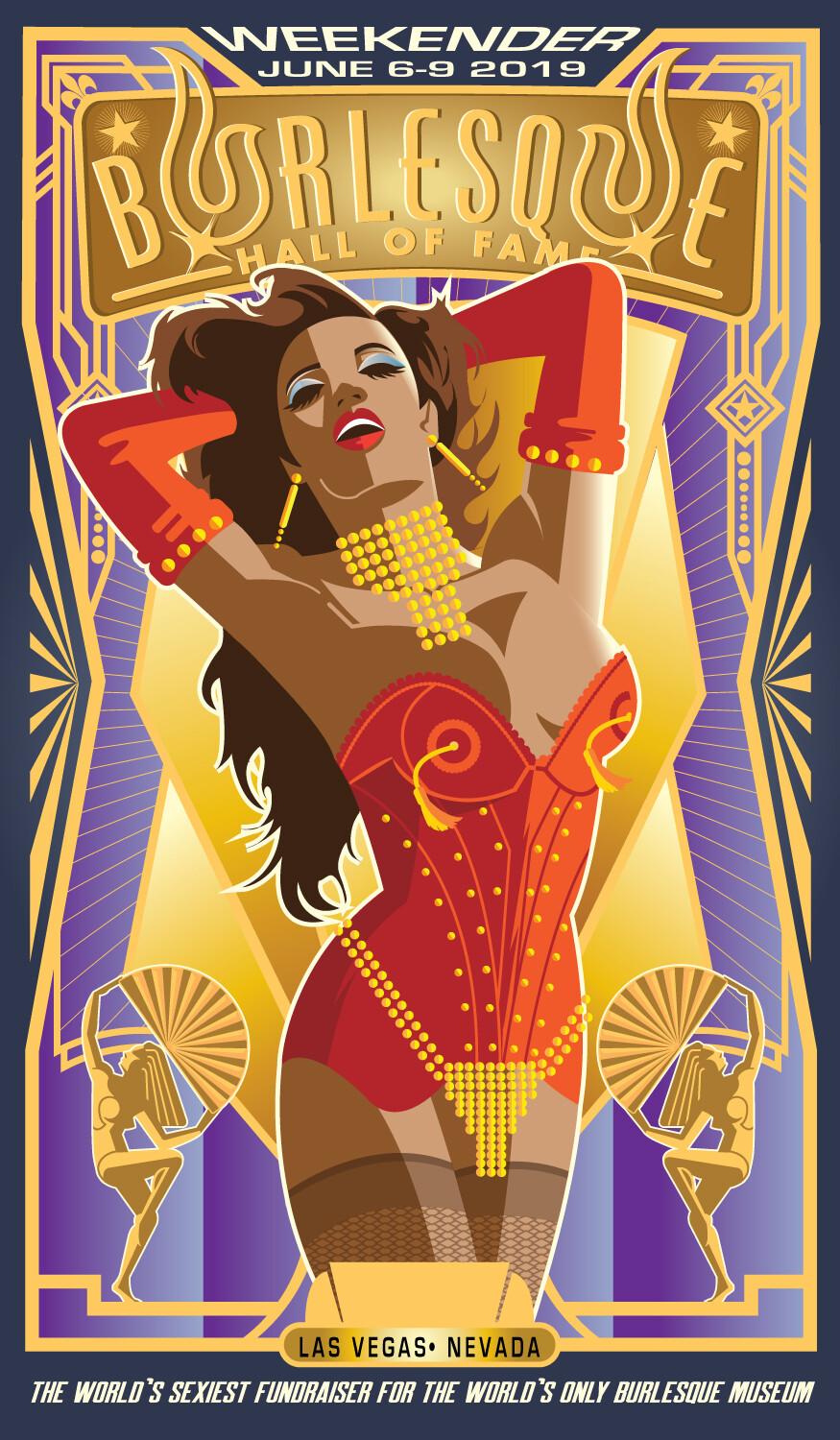Not only is AI art the hottest new trend — it’s also the hottest new topic for debates. What most people see as a harmless bit of fun hides some truly dark implications, revolving around the usual offenders: morality, legality, and, of course, money.
FAKE IT TILL YOU MAKE IT
To start with the tip of the iceberg: AI art can be used to fake images and videos to then spread false information and manipulate public opinion. In a recent example, one Twitter account solicited readers for donations, allegedly for the victims of an earthquake in Turkey. The tweet included a rendering of a firefighter holding a child amidst city ruins…with a thin, grubby, six-fingered hand. (Hands are currently one of the major stumbling points for AI apps, and thank goodness for that.)
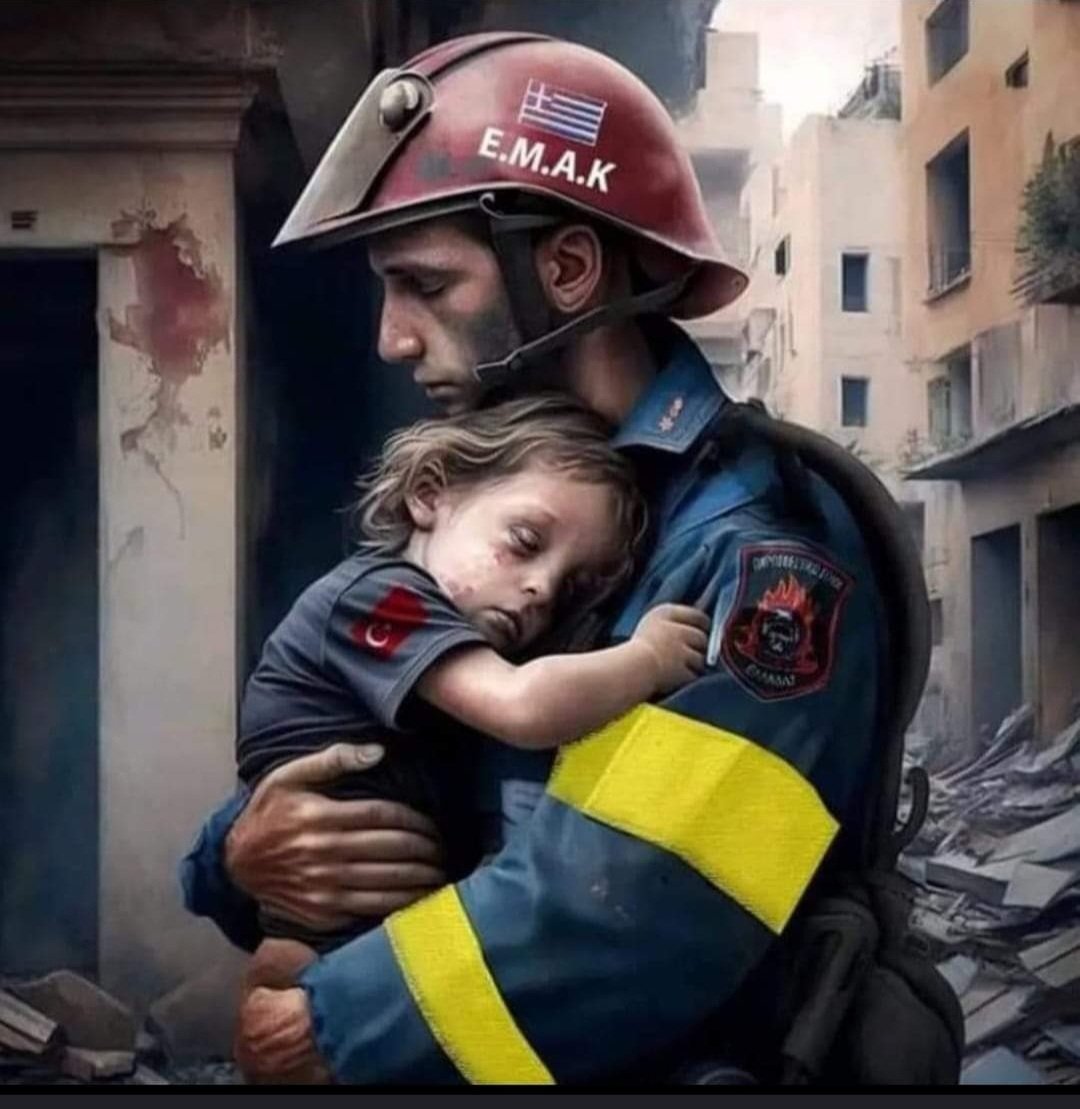
Okay, so this is clearly and unequivocally bad. But what about using AI imagery for less nefarious purposes? Eagle-eyed players spotted some AI shenanigans in a hit 2023 video game Atomic Heart. (The giveaway? Once again, those pesky fingers.) Several magazines, festivals, and podcasts have likewise opted to “hire” robots instead of humans. And why wouldn’t they? It’s clearly faster and cheaper…but not as harmless as it looks.
Don’t come at me with “We just wanted to present a highly topical, socially critical horror dystopia”… After #HighOnLife now also AI Frankenstein images in #AtomicHeart by @mundfish.
— David Blatt (@KOPF_STOFF) February 22, 2023
The new normal? Be better than that!
Hire real fucking artists. pic.twitter.com/dl4N0wOXOa
Let’s take a step back and look at other controversial art practices throughout history. There were the code-based and computer arts of the 1960s and 1970s; the randomness of Jackson Pollock’s “drip technique”; the readymade art movement. Is AI art really all that different?
The short answer is yes. Pollock “collaborated” with liquid paint — an inanimate object. Duchamp modified a urinal made impersonally at a factory. But AI art isn’t created out of thin air; it’s a remix of multiple copyrighted images, most of them used without consent. This is nothing less than art theft, with the AI faking “creation” off the backs of living breathing artists, whose work then goes uncredited and uncompensated. Adobe creative director Vladimir Petkovic put it best in a recent LinkedIn post:
Copyrighted artworks, artist’s [sic] personal names and styles are simply ingested without any respect to the legitimate authors. This creates an environment where artists need to compete against the code which is utilising their hard labour. AI has its place as a powerful tool, which can enhance many creative workflows. However, until we have a proper system in place, which will righteously attribute and compensate everyone whose work is being used to train these algorithms, I personally believe that it is not ethical to use them to produce “art” concepts.
WHAT DOES THE FOX LAW SAY?
Like it or not, AI art is here to stay. This means that its lawless, Wild West landscape needs to be regulated — and not merely by ethics, but by courts as well. AI firms claim that their practice of training the software on images scraped from the web is covered by the Fair Use doctrine and similar laws, but many creators and rights holders disagree. There are already court cases in motion that are bound to become legal precedents on matters of AI imagery:
OH, THE HUMANITY!
This brings me to the final (and most philosophical) talking point: what exactly is art and what do we want from it, both when consuming and creating?
Here’s a quote I like from Catherynne M. Valente’s Space Opera:
Do you have enough empathy and yearning and desperation to connect to others outside yourself and scream into the void in four-part harmony? <… > Enough sheer style and excess energy to do something that provides no direct, material benefit to your personal survival, that might even mark you out from the pack as shiny, glittery prey, to do it for no other reason than that it rocks?
We make art because we like making art. There’s a joy in the actual process of creation that the act of typing keywords into an app simply cannot imitate. (NB: The general public enjoys seeing timelapses, rejected drafts, and behind-the-scenes moments, all of which are likewise absent from AI art.) Furthermore, an honest user can’t take any credit for the rendering of the prompt, nor get any satisfaction for the resulting aesthetic achievement. To quote illustrator Max Extes: “Where is the inherent value to the creator if you yourself are not authoring the work? <…> How is that work worthy of your time?”
Okay, this is all fine and dandy. But for many of us, art is directly tied to our livelihoods. We cannot feed ourselves with abstract concepts like “the joy of creation” or “the satisfaction of a job well done”. It’s clear that AI can outperform humans in terms of time and budget, so the question is: does human art offer something that AI imagery can’t replicate?
Time will tell, but for now, the optimistic answer is YES. Think about pottery and ceramics: machine-made vases and mugs are a dime a dozen, but hand-crafted objects are valued much higher. Once the novelty of AI art wears off, it will have nothing of substance to offer. Illustrator Eric Wayne elaborates on this point in a lengthy essay (very well worth the read):
…If they can use AI to mimic a certain artist’s production, so can hordes of others, in which case their own contribution will be lost in a sea of similar productions, and become valueless, if it is not dead on arrival. <…> Many people today are thronging to AI art venues because it allows them to suddenly become artists themselves, or so they think. There’s a window in which people can get in early and WOW their friends with the technology, even getting rich selling art produced by AI as their own digital paintings. But this window will slam shut very quickly, as the general population comes to realize that it’s easier to make astounding digital art with AI than it is to use Microsoft Word Art. It’s as easy as typing in a search request in Google. It’s one of the easiest things you can do in life, period!
AI art generators lack the so-called “human stain”: all the levels of content, context, and meaning that make human art more than the sum of its parts, all the tiny imperfections that are conscious stylistic choices rather than an inability to draw normal hands. AI art is an imitation of life, not life itself. For better or worse we, humans, are narcissists at heart. We like owning unique things. And we like knowing that there is a story, a personality, a human behind an object of art. In short, our humanity is not a weakness. It is, perhaps, our best selling point.
One final message
If you want to spot AI art from a mile away, always look for strange goings on when it comes to hands.

SOURCES:
Anne Ploin, Rebecca Eynon, Isis Hjorth, Michael A. Osborne. How Machine Learning Is Changing Artistic Work
https://www.oii.ox.ac.uk/wp-content/uploads/2022/03/040222-AI-and-the-Arts_FINAL.pdf
Eric Wayne: Will AI replace human artists?
https://artofericwayne.com/2022/05/31/will-ai-replace-human-artists/
Min Chen: Artists and Illustrators Are Suing Three A.I. Art Generators for Scraping and ‘Collaging’ Their Work Without Consent.
https://news.artnet.com/art-world/class-action-lawsuit-ai-generators-deviantart-midjourney-stable-diffusion-2246770Vladimir Petkovic. The End of Art: An Argument Against Image Activity https://www.linkedin.com/posts/vladimirstudio_the-end-of-art-an-argument-against-image-activity-7008933593091641344-gFzb/
